Why does Fiji have the World's Best Diving?
NAI'A offers the best of world-class scuba diving at an unrivalled variety of sites. NAI'A has found Fiji's finest diving.
The best dive sites are the Fijian islands and barrier reefs near Vatu-i-ra in Bligh Water and Namena, Wakaya, and Gau in the Koro Sea. On ten-day charters we have more time available to dive other reefs in the Koro Sea, some of them near Namena and others near nowhere!
Here is a rundown on a few of our top dive sites in the Fiji Islands.
One of several reefs on the northern side of Bligh Water, UndeNAI’Able consists of one large and two smaller sloping pinnacles that top out just below the surface. They concentrate schools of trevally and barracuda and the hard coral supports all the usual suspects including several of Fiji’s endemics: the Fiji anemone fish, flasher wrasse and Terry’s dwarfgobie.
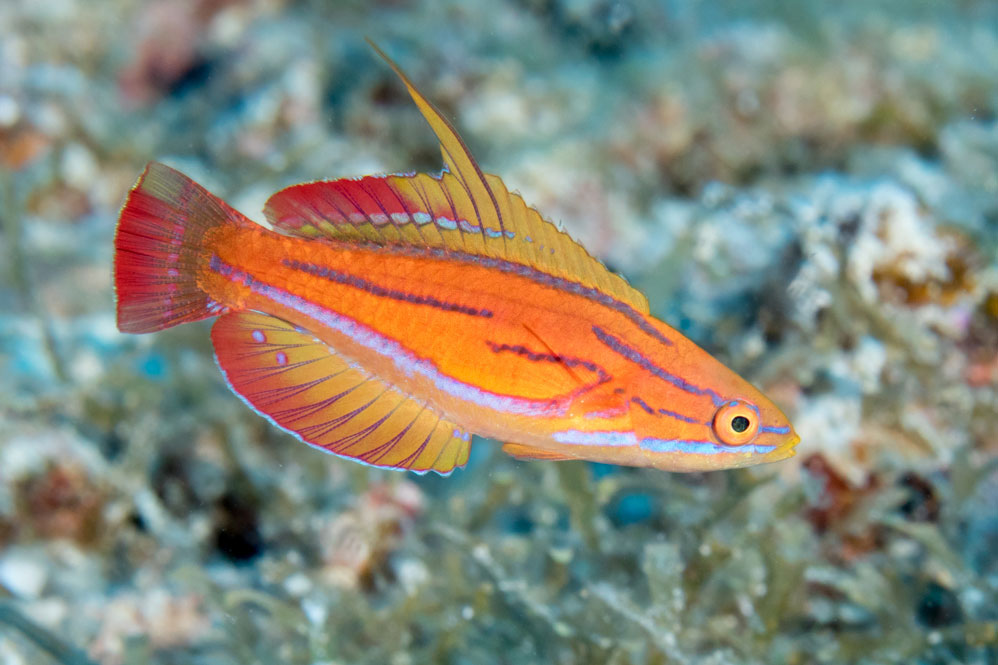
This dive site lies in deep water but is protected from the swell by the Vuya barrier reef. The name says it all: Rob named it for his wife, Cat Holloway, because it was the best dive site he'd ever seen. Much of the gorgeous soft coral featured in the IMAX film Coral Reef Adventure was shot here.
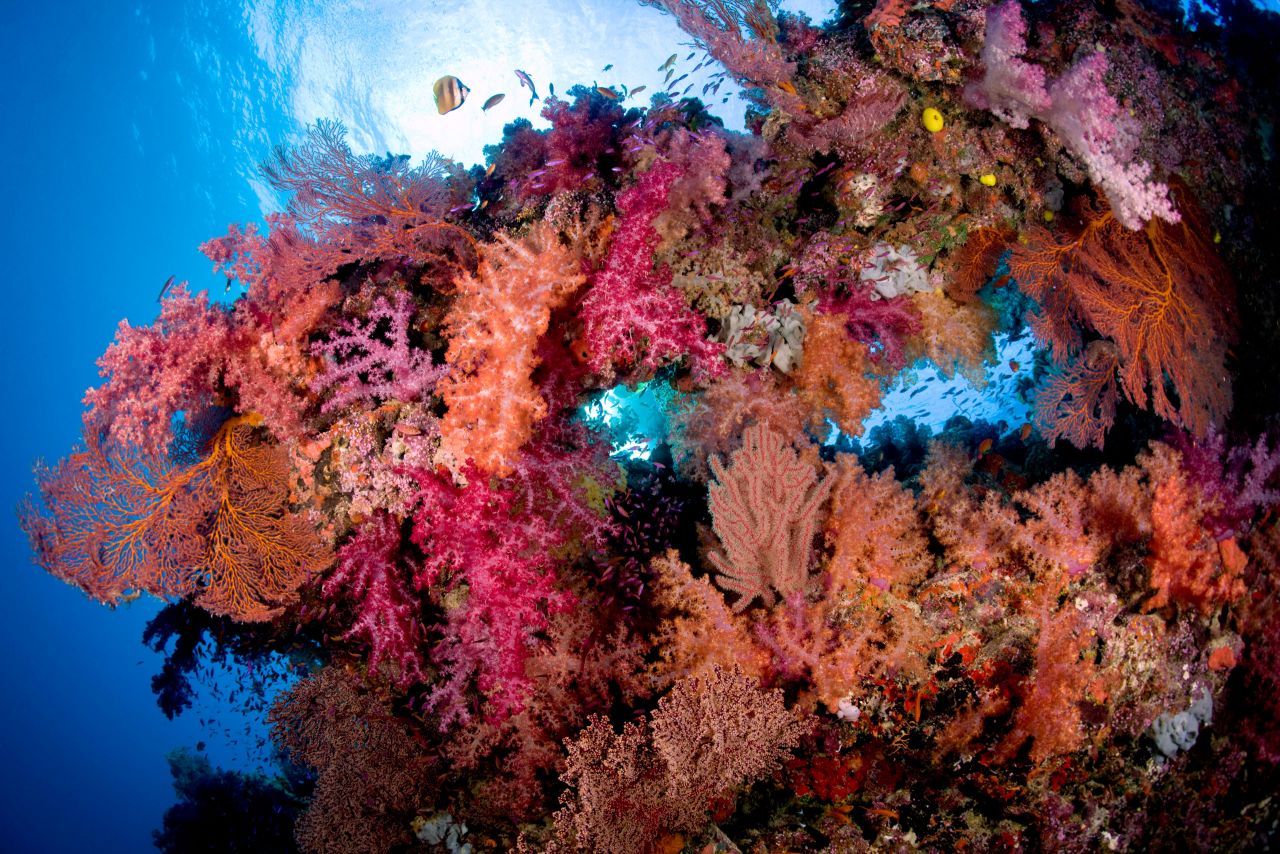
There are seven very distinct dives on the Vatu-i-ra barrier reef, several of which are among the best coral reef dives in the world. The barrier reef protrudes north from Viti Levu into the Vatu-i-ra Channel, narrowing the channel to only 4.5 miles across. This is the same body of water that supports E-6 and Mt. Mutiny.
The area is regularly flushed by currents, which is why the reefs are so healthy. But our intimate experience in Vatu-i-ra over many years has taught us how and when to dive there so that we can tour the glorious reefs without having to fight the currents that make them so rich.
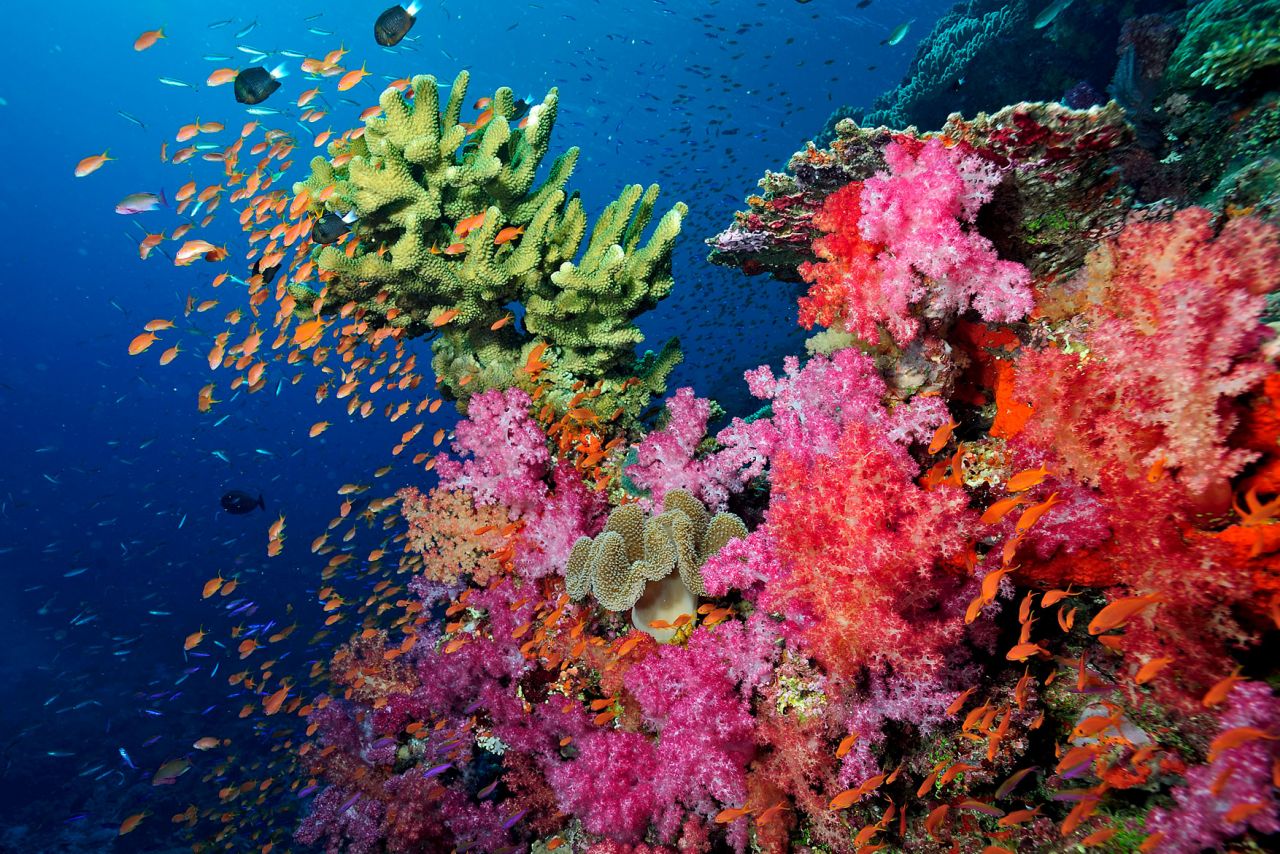
Mount Mutiny is a seamount similar in many ways to E-6, yet much smaller, located only four miles away. It’s named in honor of both Captain Bligh, who charted it as he passed nearby shortly after the mutiny on the Bounty, and the passengers on a NAI'A charter who threatened mutiny unless they were allowed to dive the seamount again and again. Diving is very much like E-6 in terms of pelagics and other fish life. A highlight is the wall of unusual thin-stalked Chironephthya soft coral in a broad range of colors which blankets the south flank of the pinnacle. This is one of the single prettiest soft coral dives anywhere.
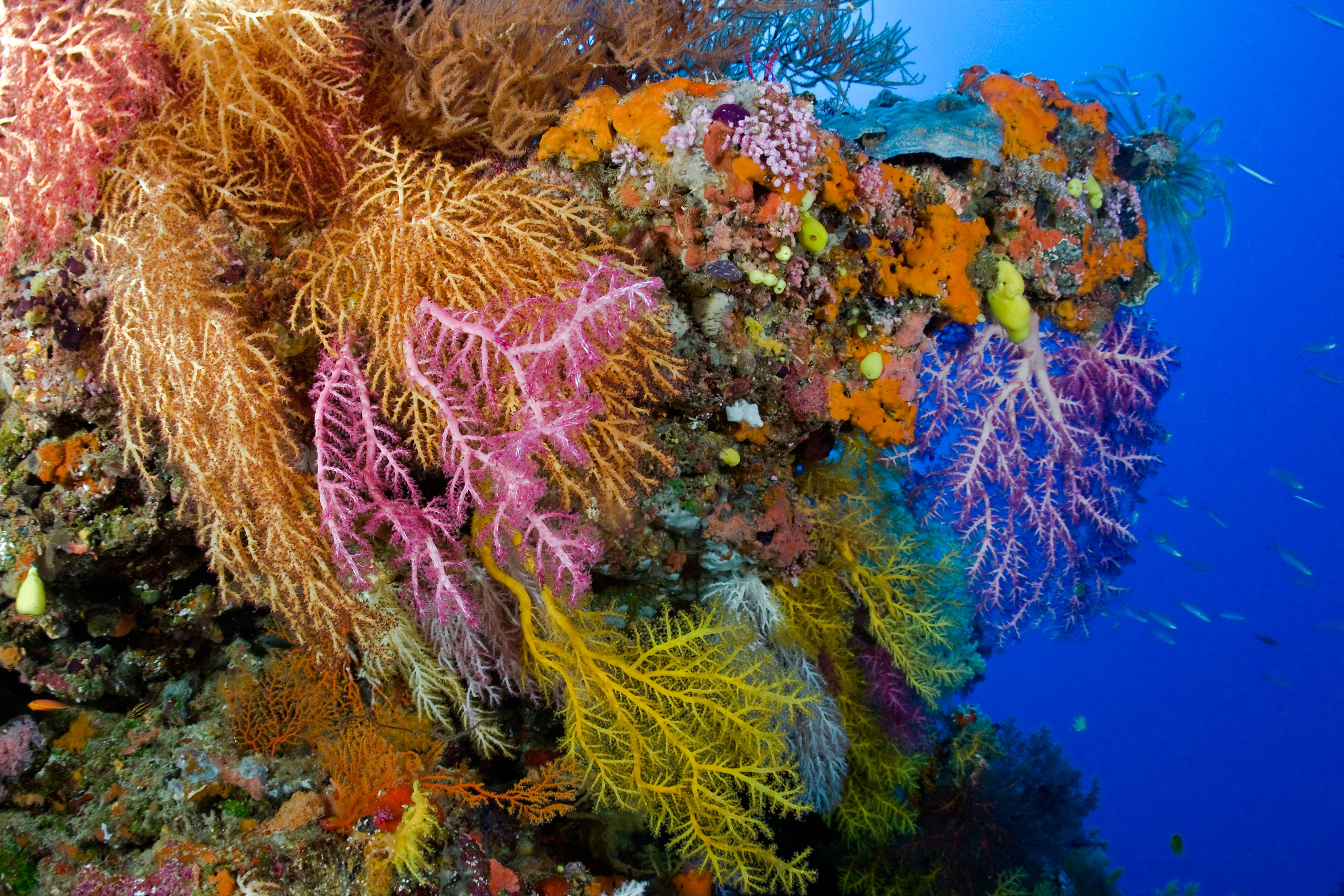
A seamount rising sheer-sided from 3,000ft right in the center of the narrowest part of Bligh Water's Vatu-i-ra channel, E-6 intercepts the flow of nutrients funneled between the two large islands of Viti Levu and Vanua Levu. Extraordinary diving! Pelagics are normally found on the two sides of the pinnacle flushed by currents, while delicate soft corals and fans decorate the protected lee side where NAI'A moors. Dives at E-6 feature schooling barracuda, trevally, and surgeonfish, occasional hammerhead sharks and eagle rays, and a plethora of reef fish including anthias, fusiliers, and leaf scorpionfish. Rob discovered both E-6 and Mount Mutiny from the air, having chartered a private plane to scout potentially good dive areas in waters not normally frequented.
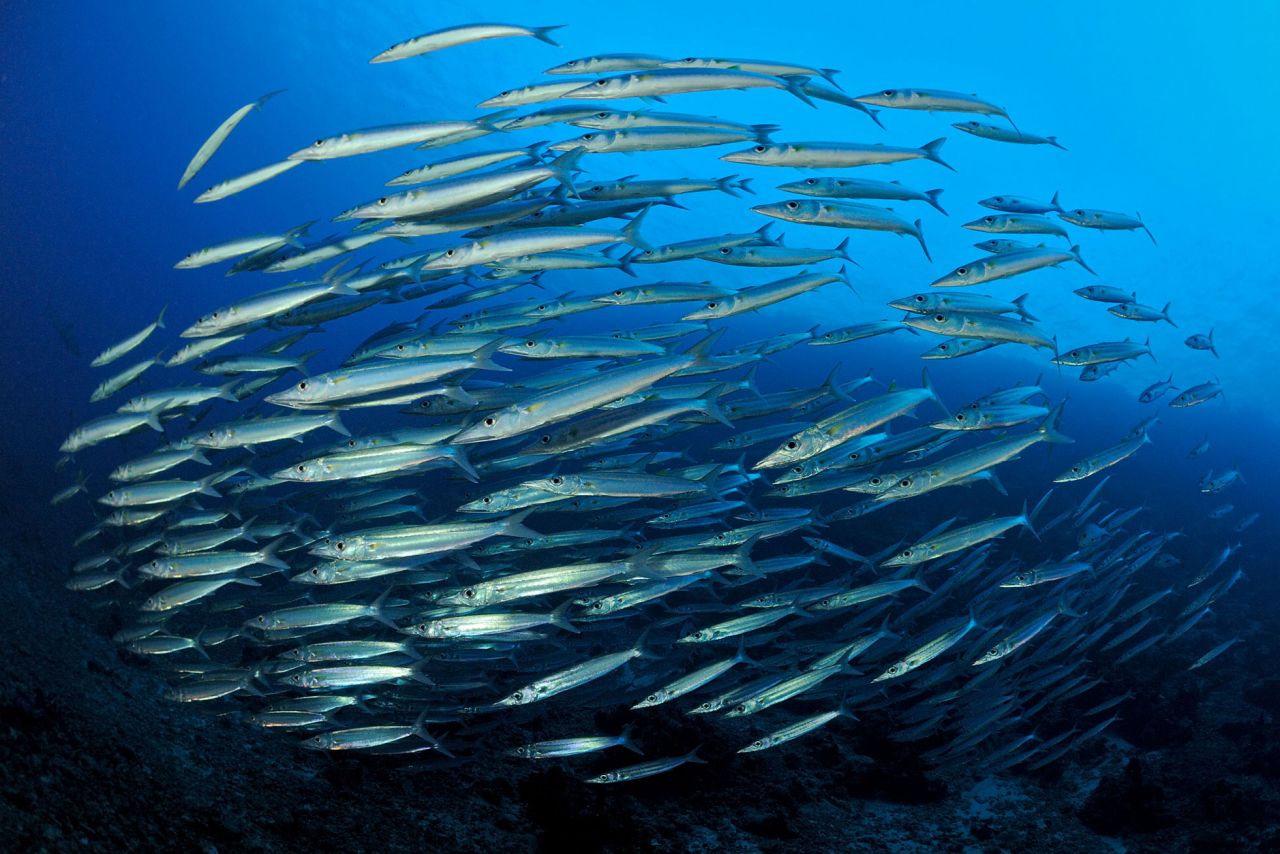
This dive site has it all: concentrated schools of big fish and beautiful soft coral bommies. Descend into the blue and level off at 95’ at an expansive sandy bottom alongside a sheer drop-off from which dogtooth tuna, grey reef sharks and the occasional scalloped hammerhead come in to upset things. The bottom camouflages a few large, over-fed grouper waiting to nail any fish staying low to hide from the grey reef sharks swimming among barracuda and trevally schools overhead. When your computer finally signals the end of your time on the plateau among the big guys, the current carries you deeper into the channel, where a line of bommies rise nearly to the surface. Two of the bommies are connected by an arch and all are alive with color: gorgonia fans, black coral, soft coral, and every reef fish imaginable. As if this weren't enough, allow yourself to drift even further into the channel to Kansas, a small bommie covered with Sinularia soft coral which looks just like wheat fields swaying in the wind. This spot deserves at least two days of diving to appreciate fully.

Each of these distinct dive sites on Namena’s southerly barrier reef consists of two pinnacles of pleasure rising from 60-90’ to 15’ and covered in fans and soft corals as thick and colourful as any in Fiji – the perfect sites for wide angle photographers. But, just to make you question your choice of lens, the bottom is littered with jawfish, shrimp gobies, fire dartfish, adhesive anemones and assorted juveniles, while the pinnacles have more nudibranchs and pipefish than you can poke a stick at. Large coral trout divide their time between tormenting schools of paddletail snapper and receiving the once-over by cleaner wrasses. Hundreds of garden eels cover the sandy bottom. Towards the top of the pinnacles are cleaning stations that harbour hingebeak, jelly and humpback cleaner shrimp. And at the very tops, look in the patches of turtle weed for leaf gilled slugs – one of the most impressive nudibranchs around.
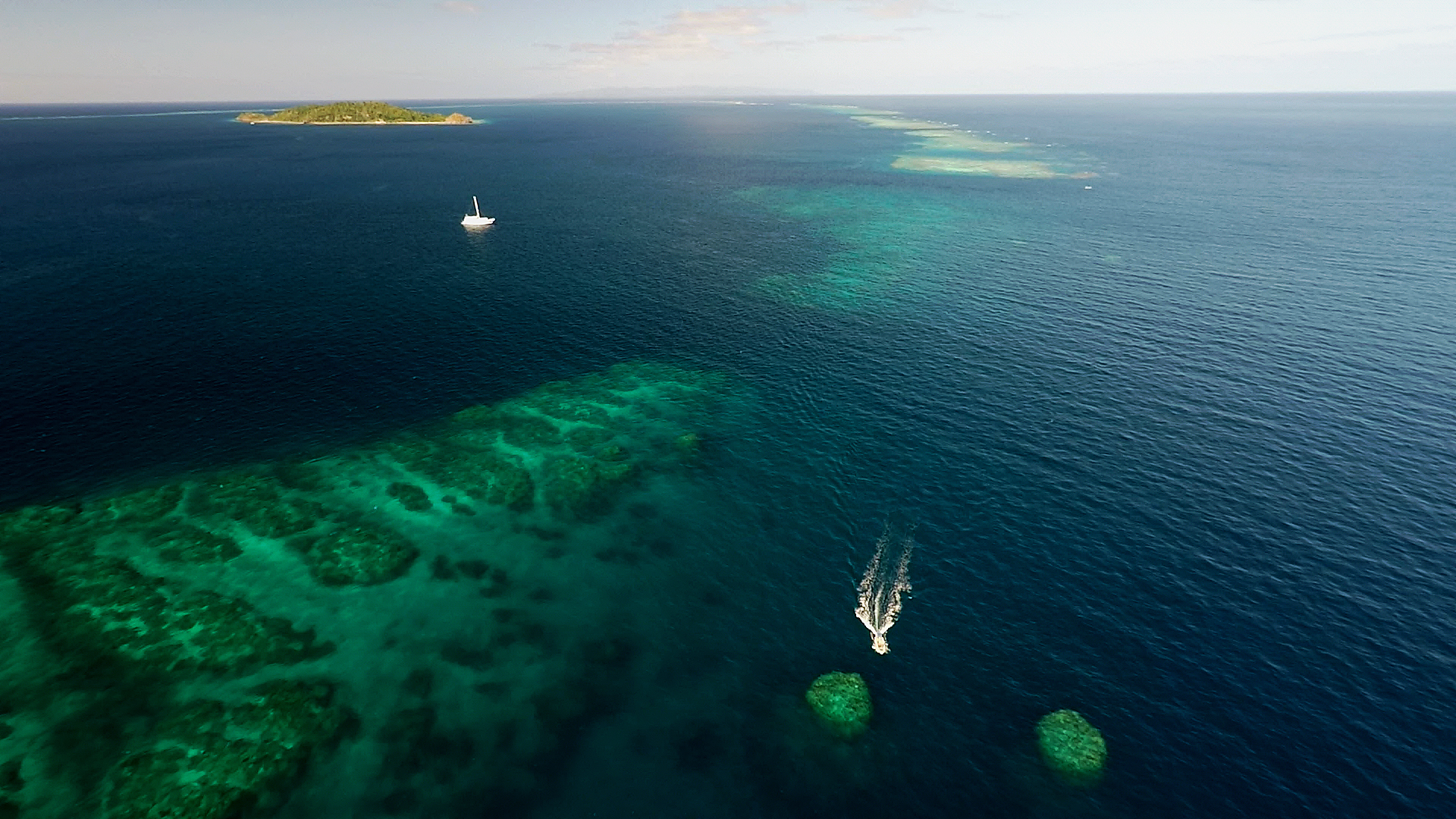

Jim's and Anthias are soft coral gardens in shallow water, home to zillions of reef fish. They are prime examples of the kind of soft coral diving for which Fiji is famous. Cluttered with multihued soft coral and nearly every kind of reef fish known, they often leave divers in awe. As an added bonus, they are a regular stop for four or five mantas, who can frequently be found feeding in the adjacent channel during the waning tide. Macro photographers, too, love them because of the profusion of little creatures living among the hard corals, soft corals, and fans.
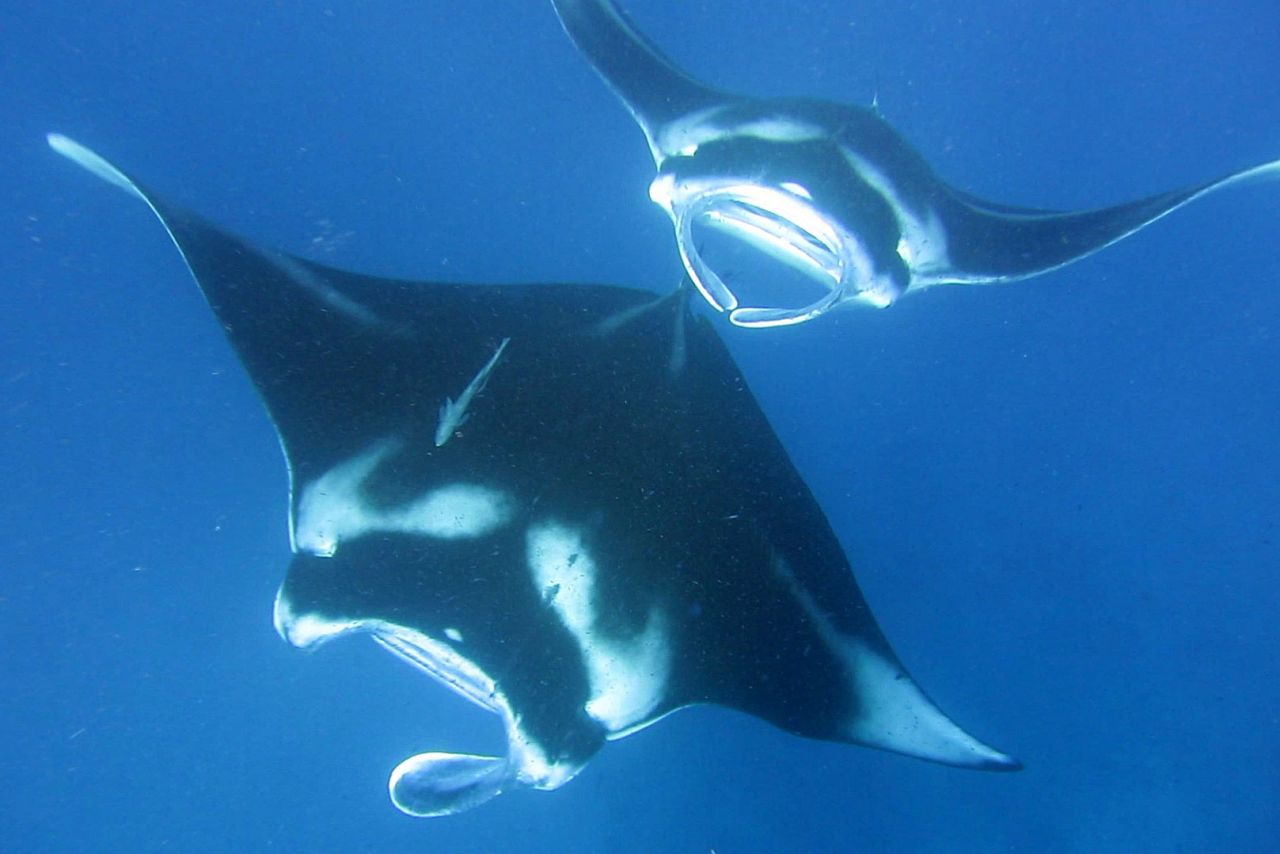
This narrow channel through the surrounding barrier reef concentrates pelagics from miles around. Home to 10-25 female grey reef sharks and their offspring, the passage also concentrates a huge school of trevally, three age-segregated schools of barracuda, several big Malabar grouper and an annoying concentration of fish we call snapass (one reference calls them snapper; one calls them bass). People tend not to notice because of all the big fish, but the edges of the passage and the bommies in the shallows are entirely lined in gorgeous soft coral. The incoming current in Nigali does not coincide with rising tide as one might expect, but with three decades of experience diving there, we have become expert at diving the channel during its optimum four hour window of opportunity.
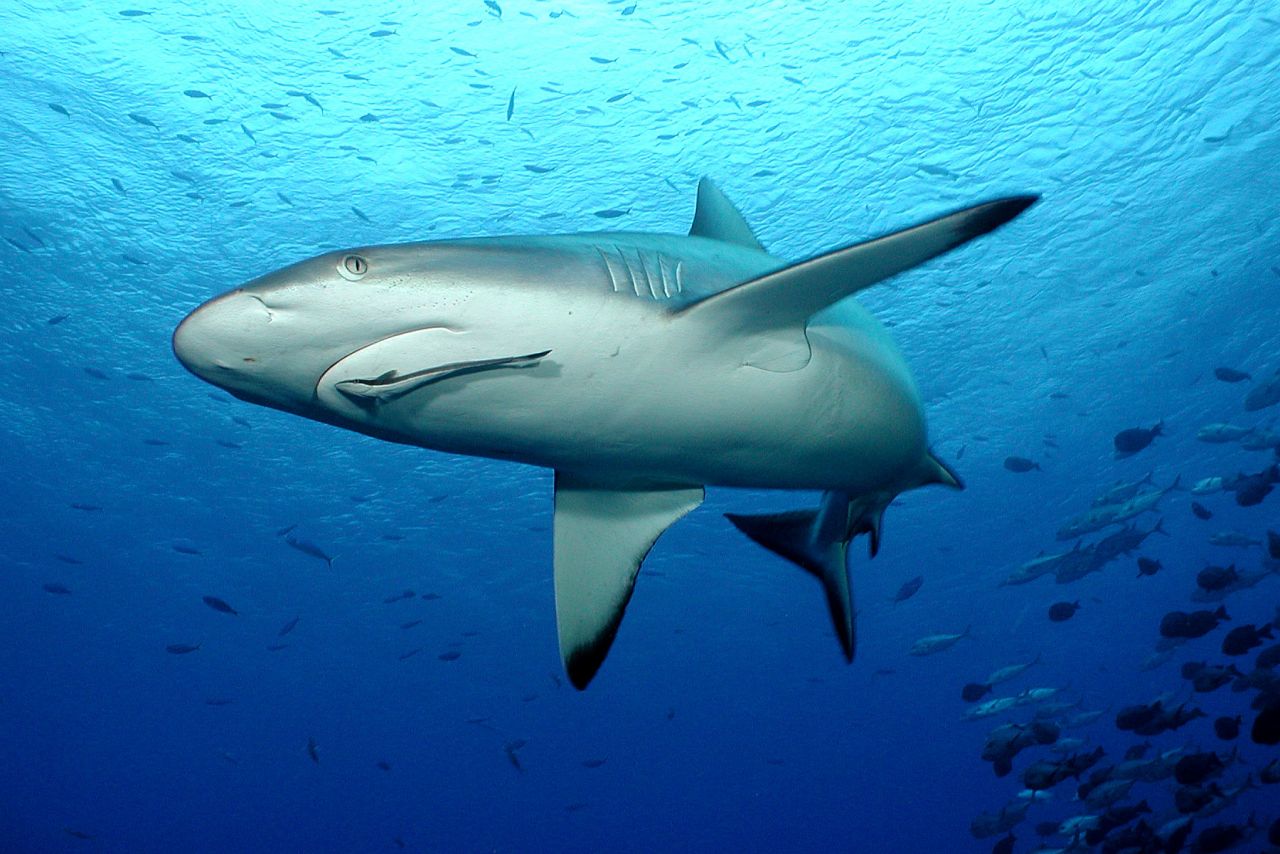
Our dive sites are along the edge of the barrier reef bordering a 3,000ft deep channel that leads to the Vatu-i-ra Passage and through which pass humpback, sperm and pilot whales. During dives we often see resident manta rays at cleaning stations and hammerhead sharks frequently come up to check us out. Grey reef and whitetip sharks are resident along the drop-off but it is the healthy coral and the critters that live in it that often excite divers the most: blue-ribbon eels, leaf scorpionfish and posing lionfish. The shelf just above the deep drop-off is home to the very rare Helfrich’s dartfish.
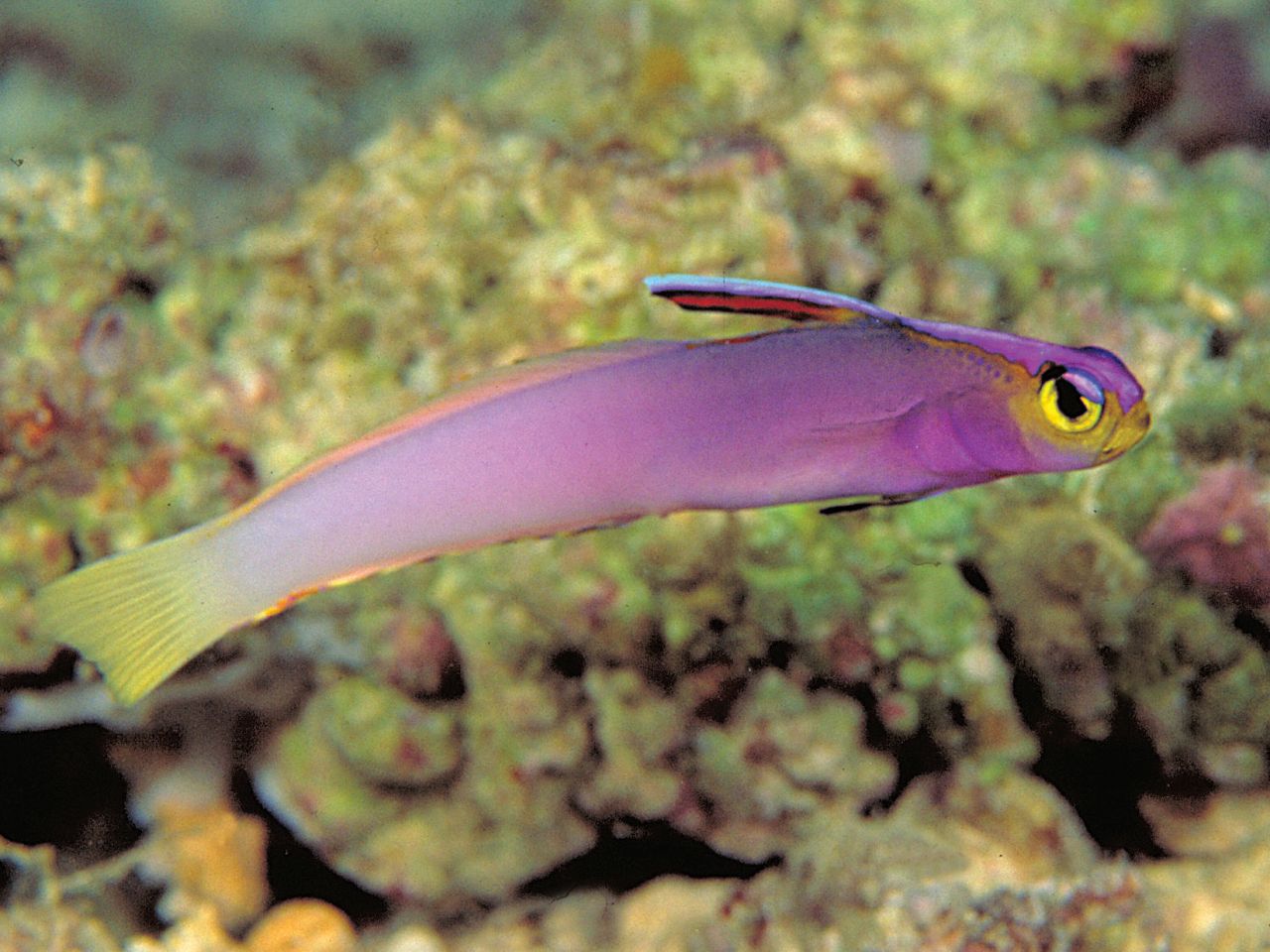
This is serious critter diving: several small bommies rise close to the surface from a rubble bottom in 30-40ft. The quality rubble is home to ghost pipefish, dragonets, all manner of nudibranchs and, frequently, octopus. In crevices and caves in the bommies live scorpionfish while pygmy seahorses decorate gorgonian coral.
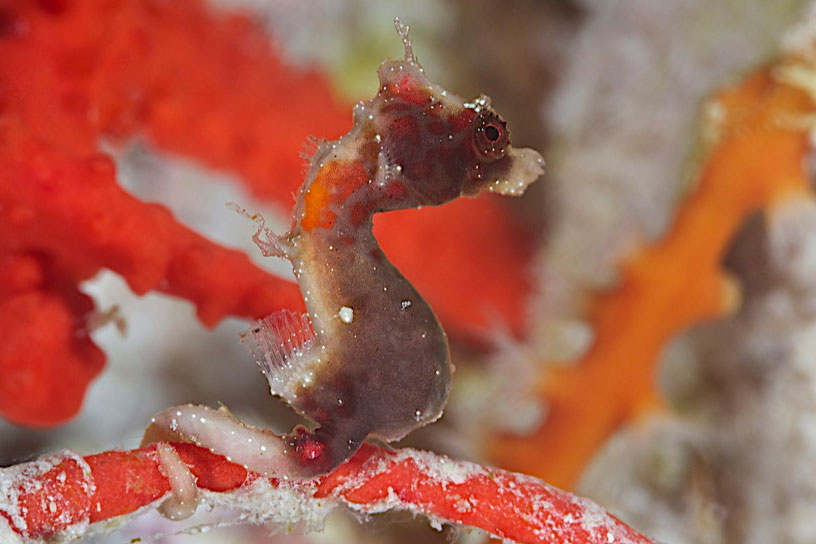
NAI'A offers the best of world-class scuba diving at an unrivalled variety of sites. NAI'A has found Fiji's finest diving.
NAI’A reefs have healthy populations of white-tip, hammerhead and grey reef sharks plus schooling trevally, barracuda, manta rays and other pelagics.
Experienced dive travellers know that liveaboard scuba diving aboard NAI’A in Fiji is the simplest, most efficient and affordable way to enjoy world-class diving.
Fiji weather and water temperature graphs and tables derived from accurate recordings since 1996
“I have just had a marvellous 10 days aboard Nai'a. As usual, your Fijian crew are rather special, and all the other guests felt the same. It was so great to be aboard again.”

~ Quentin, 6-time passenger, New Zealand